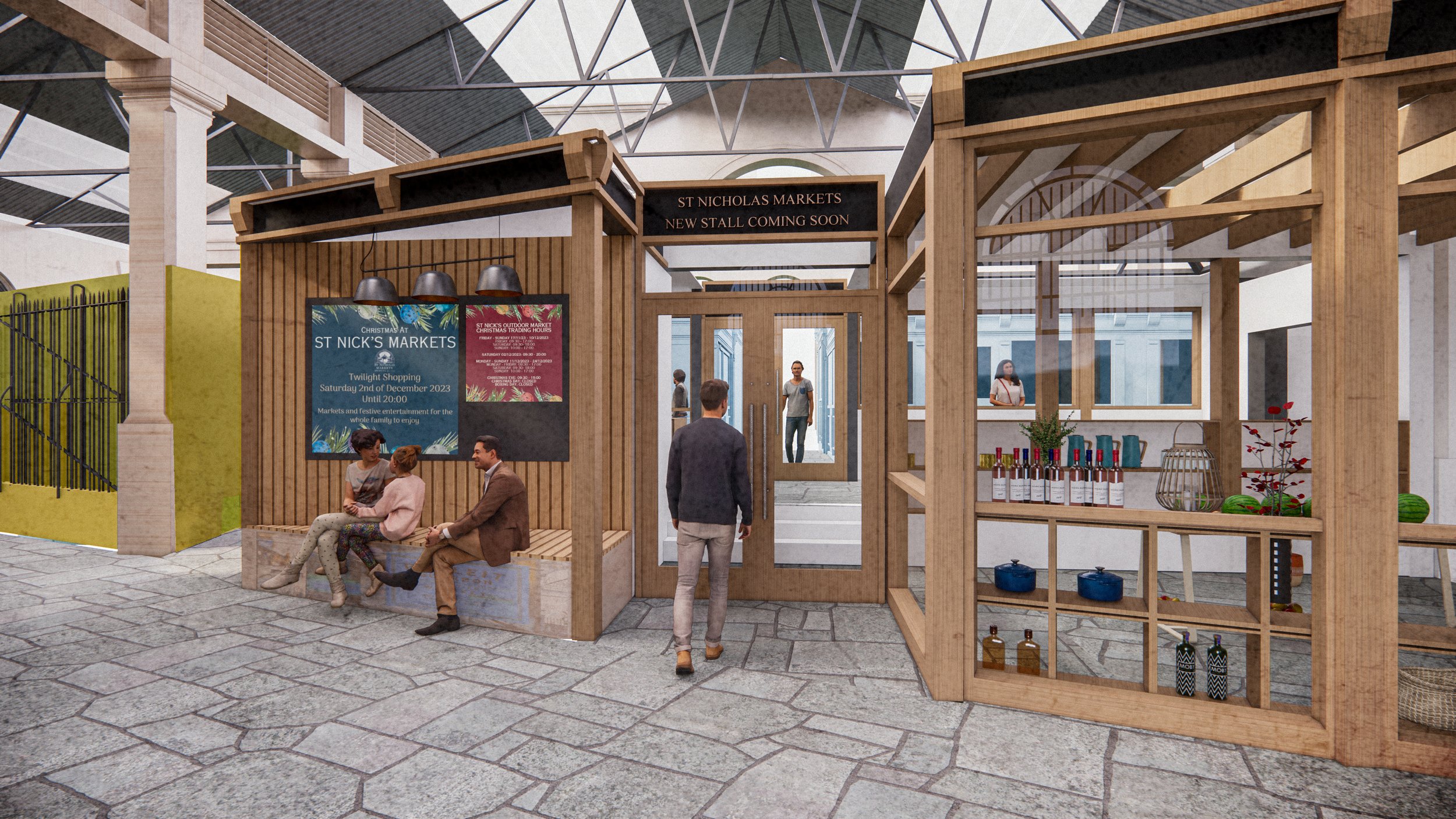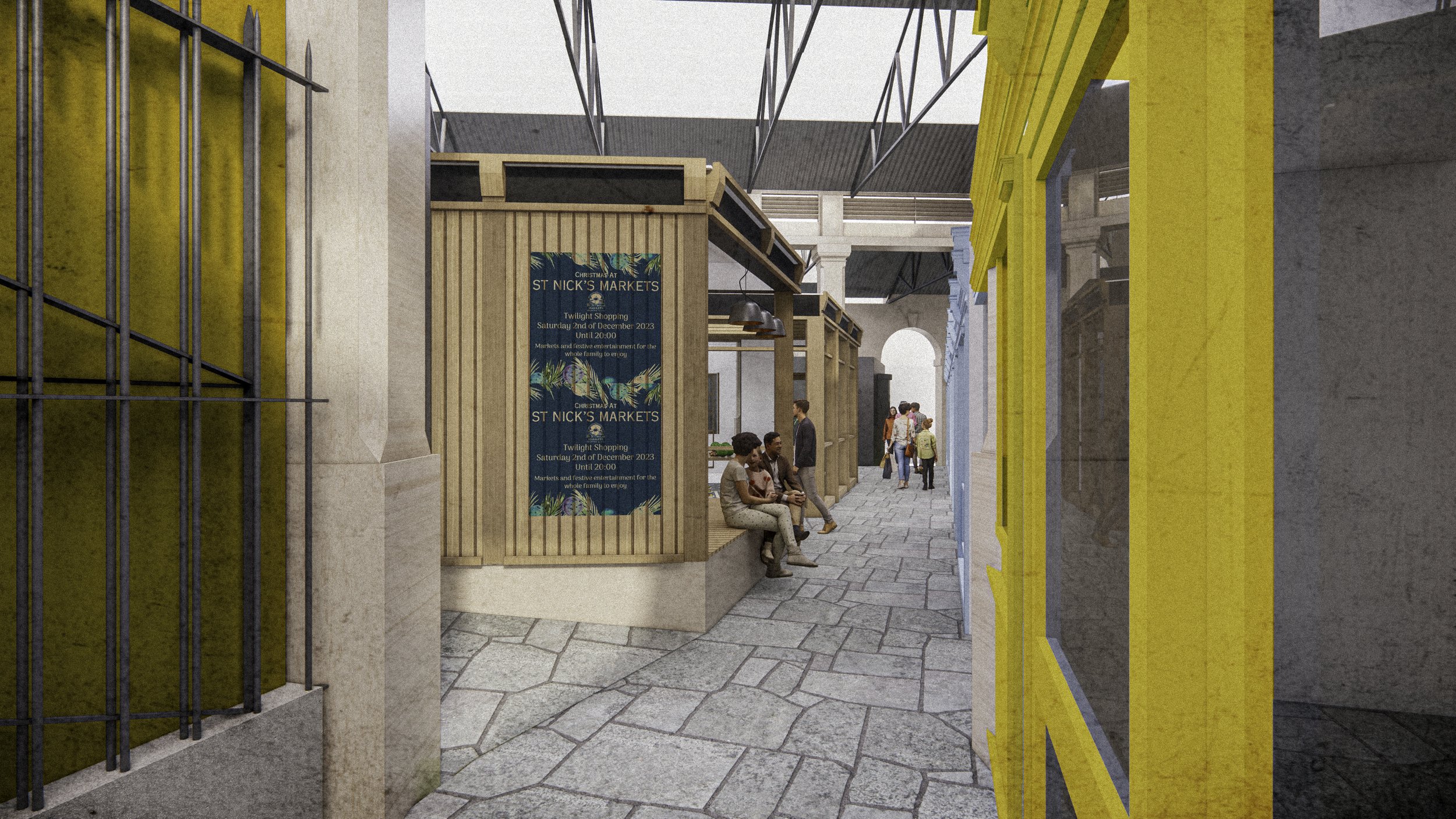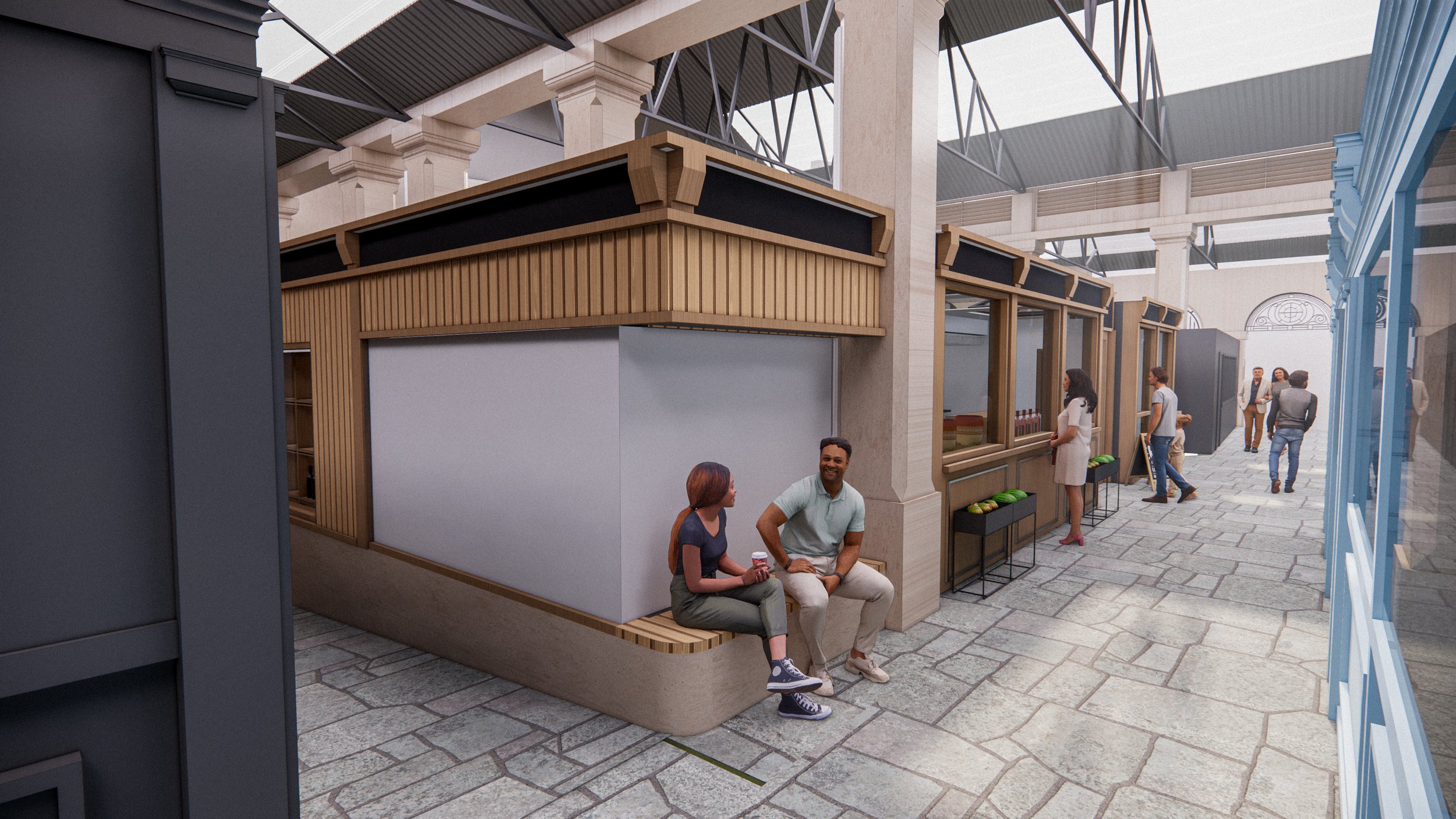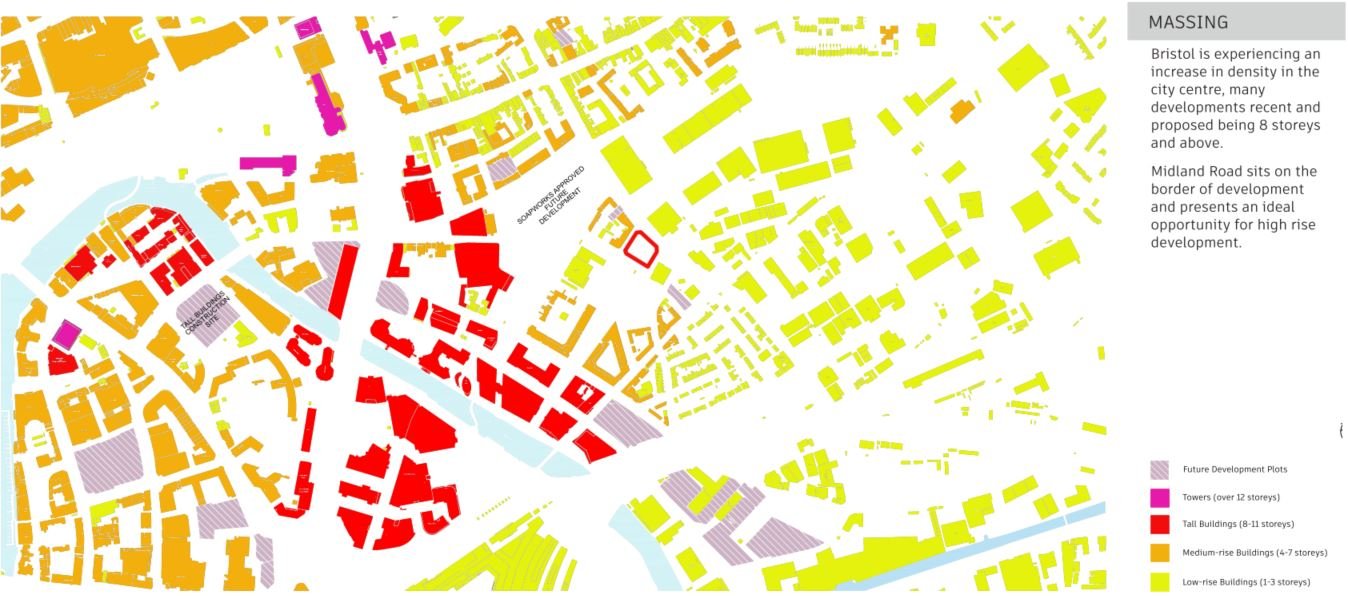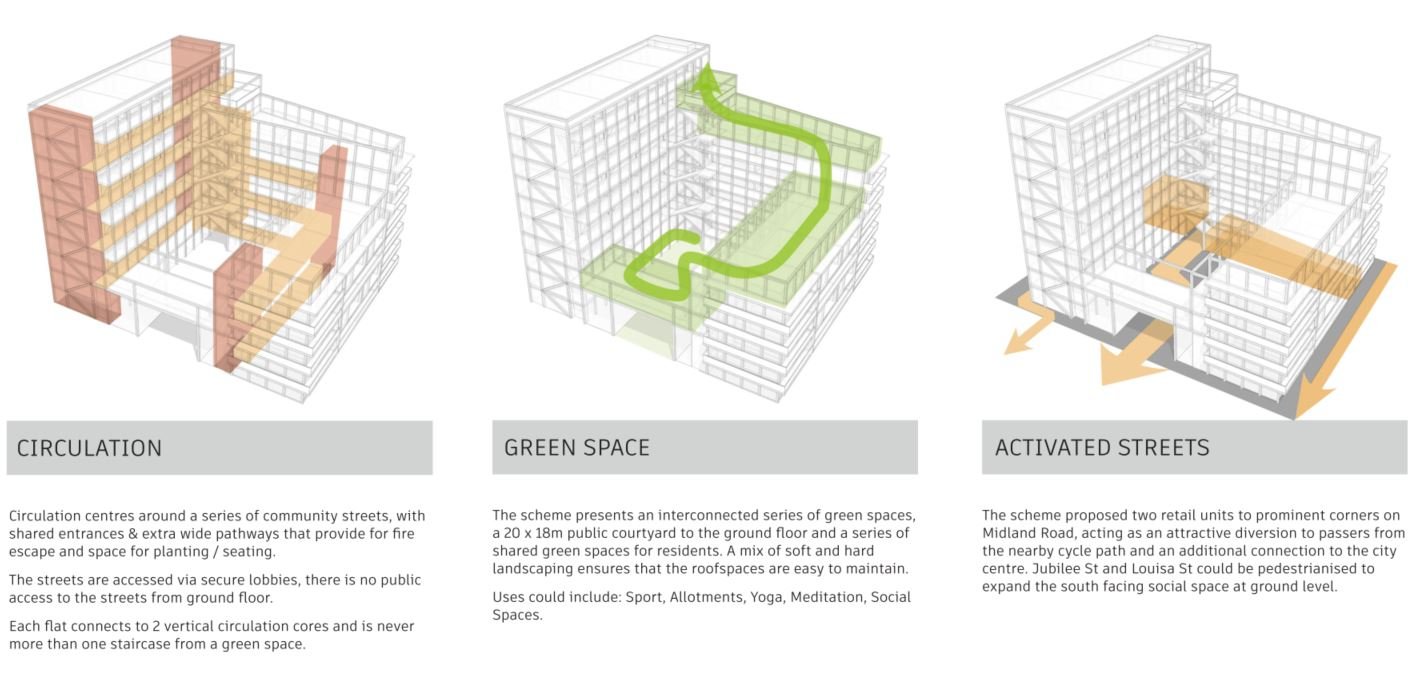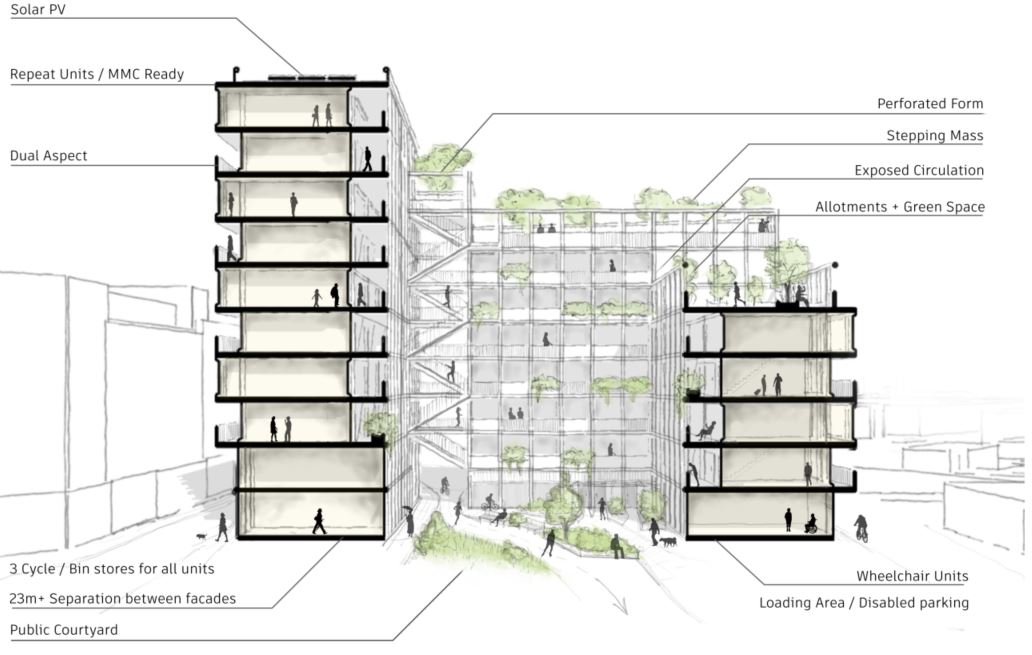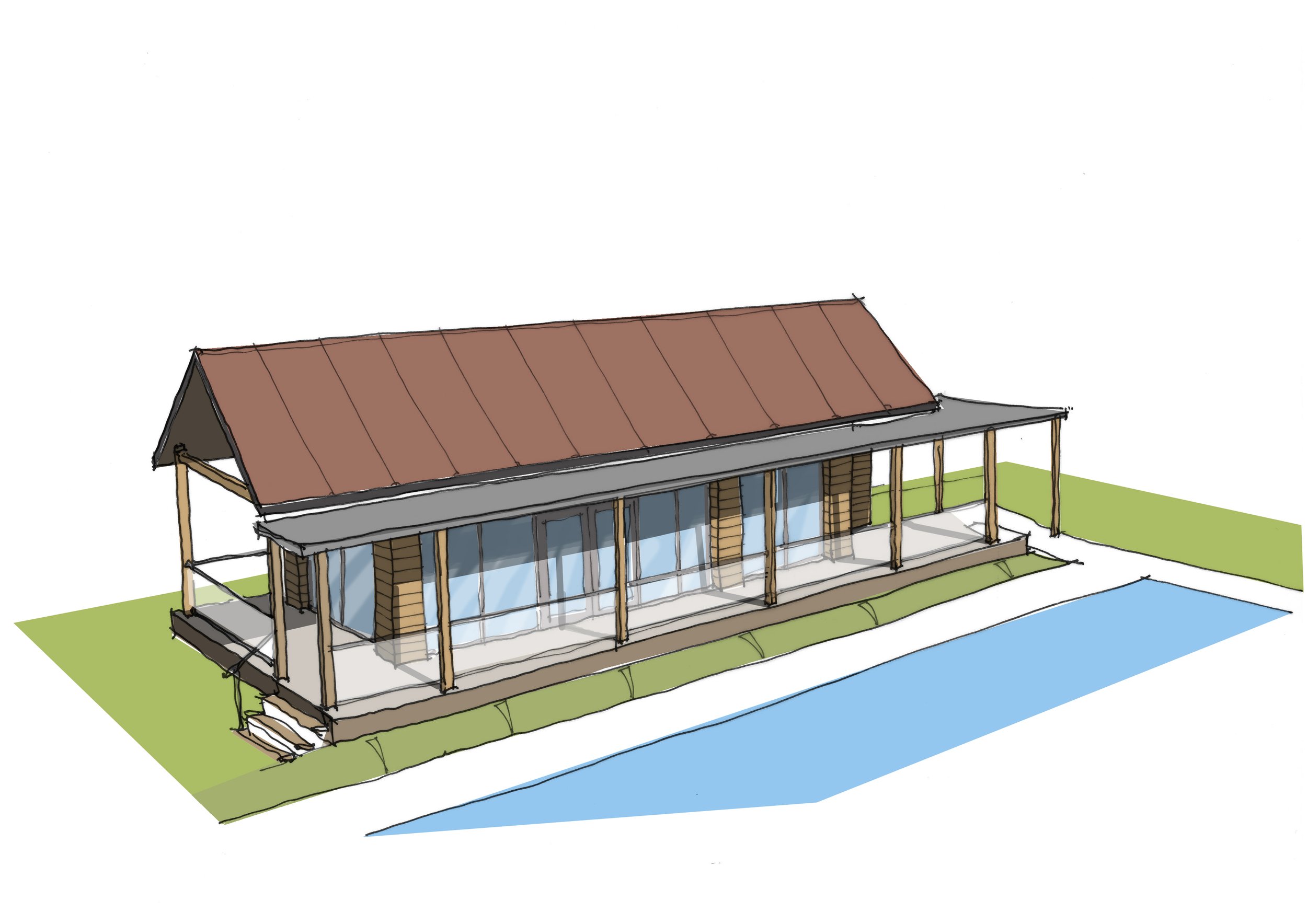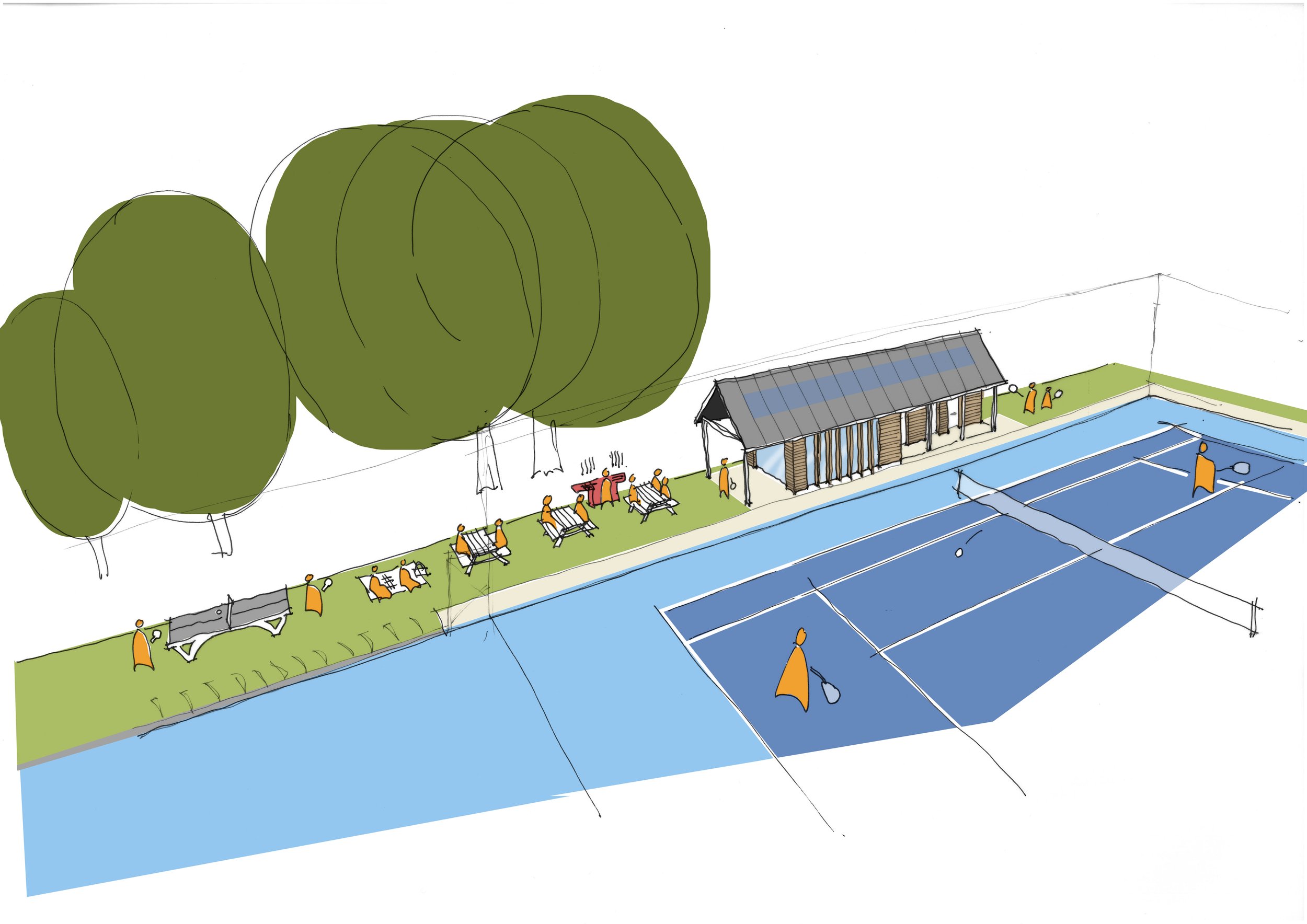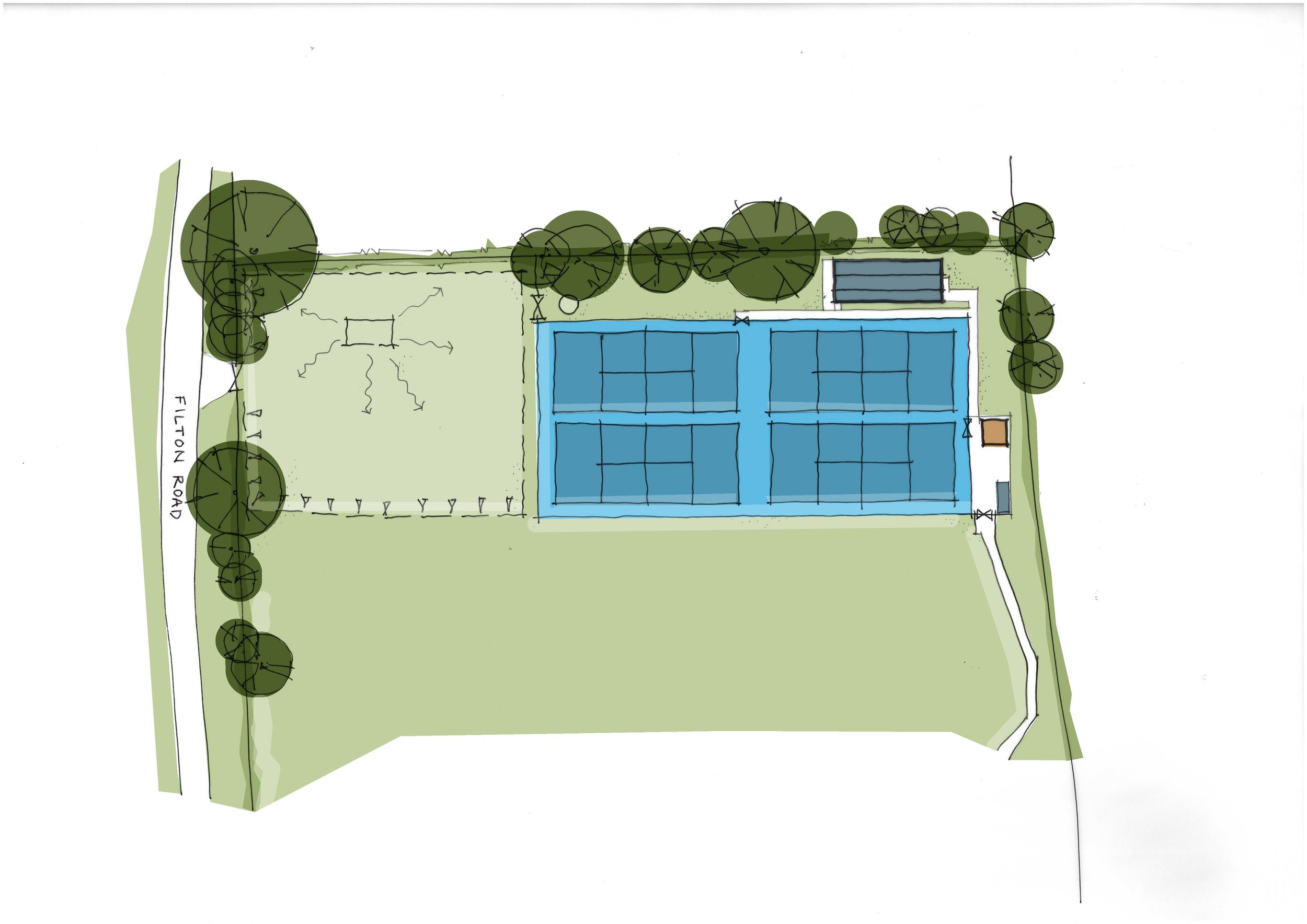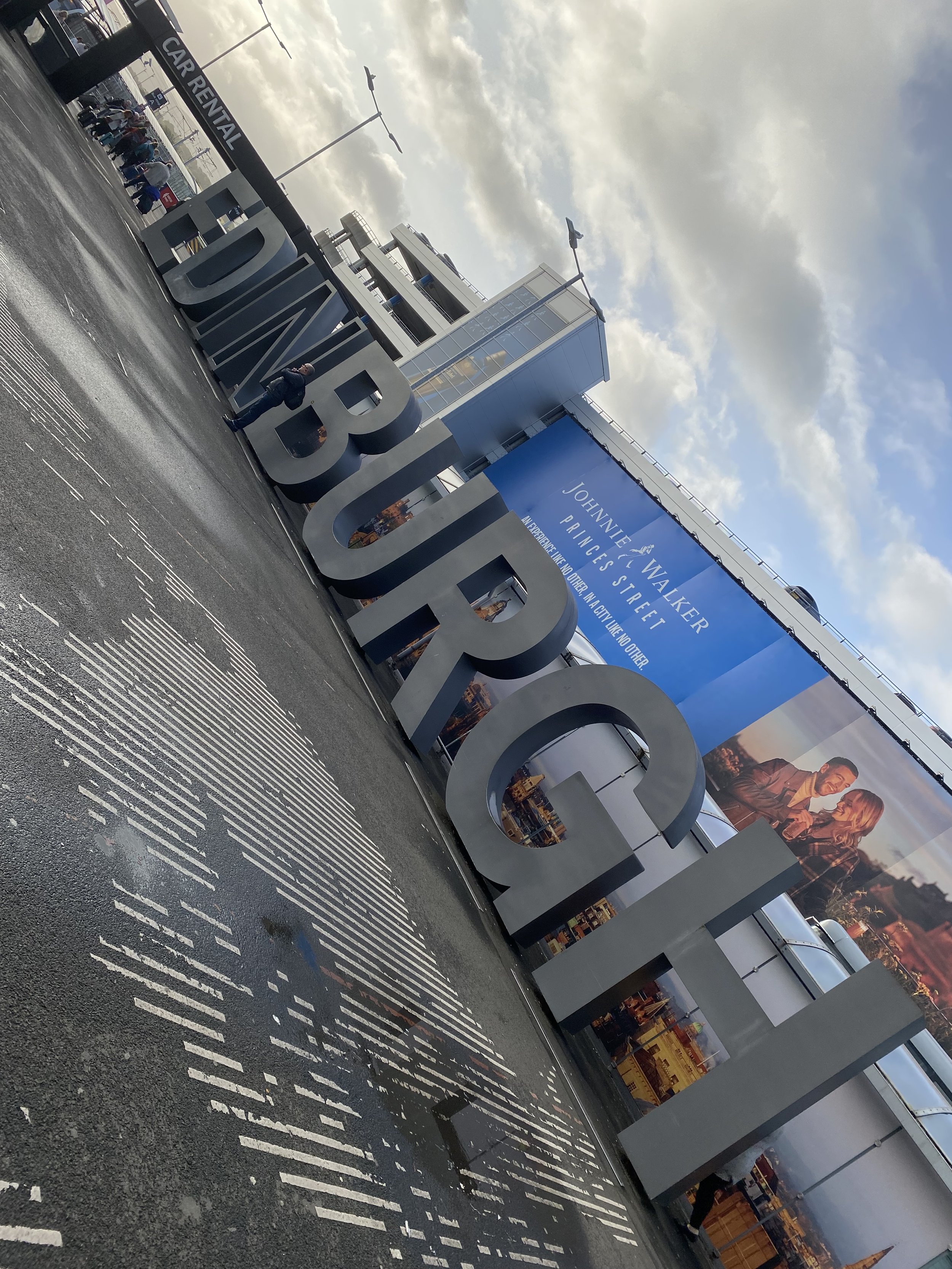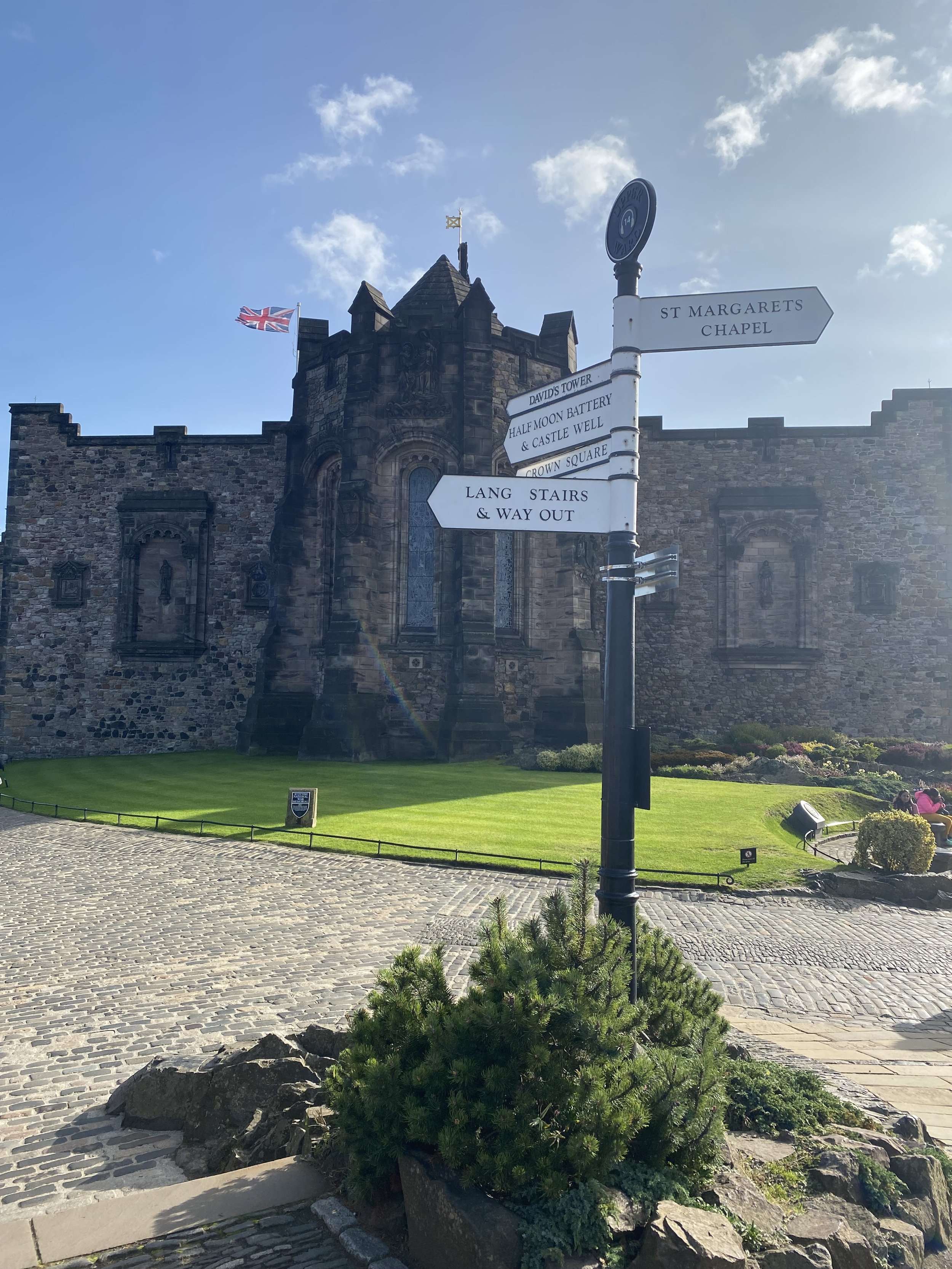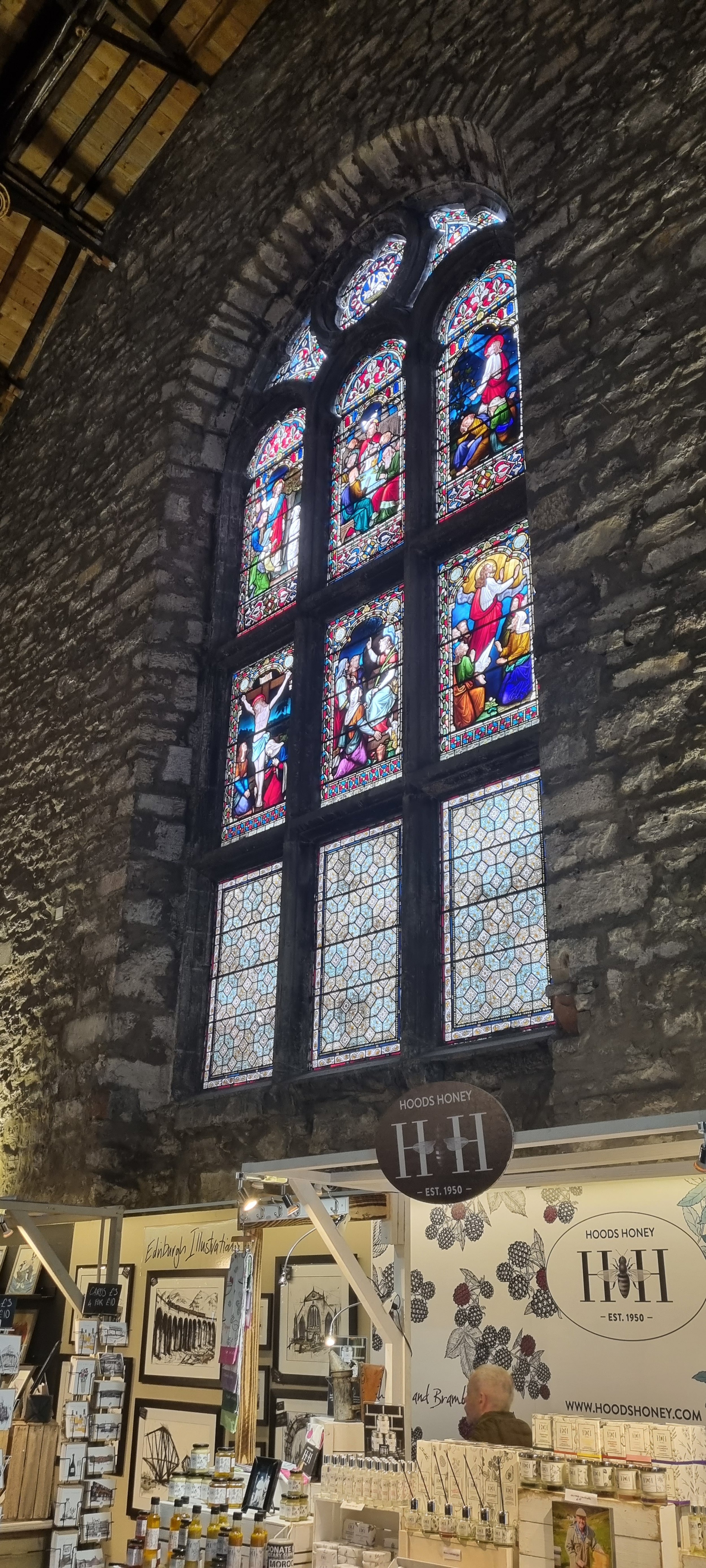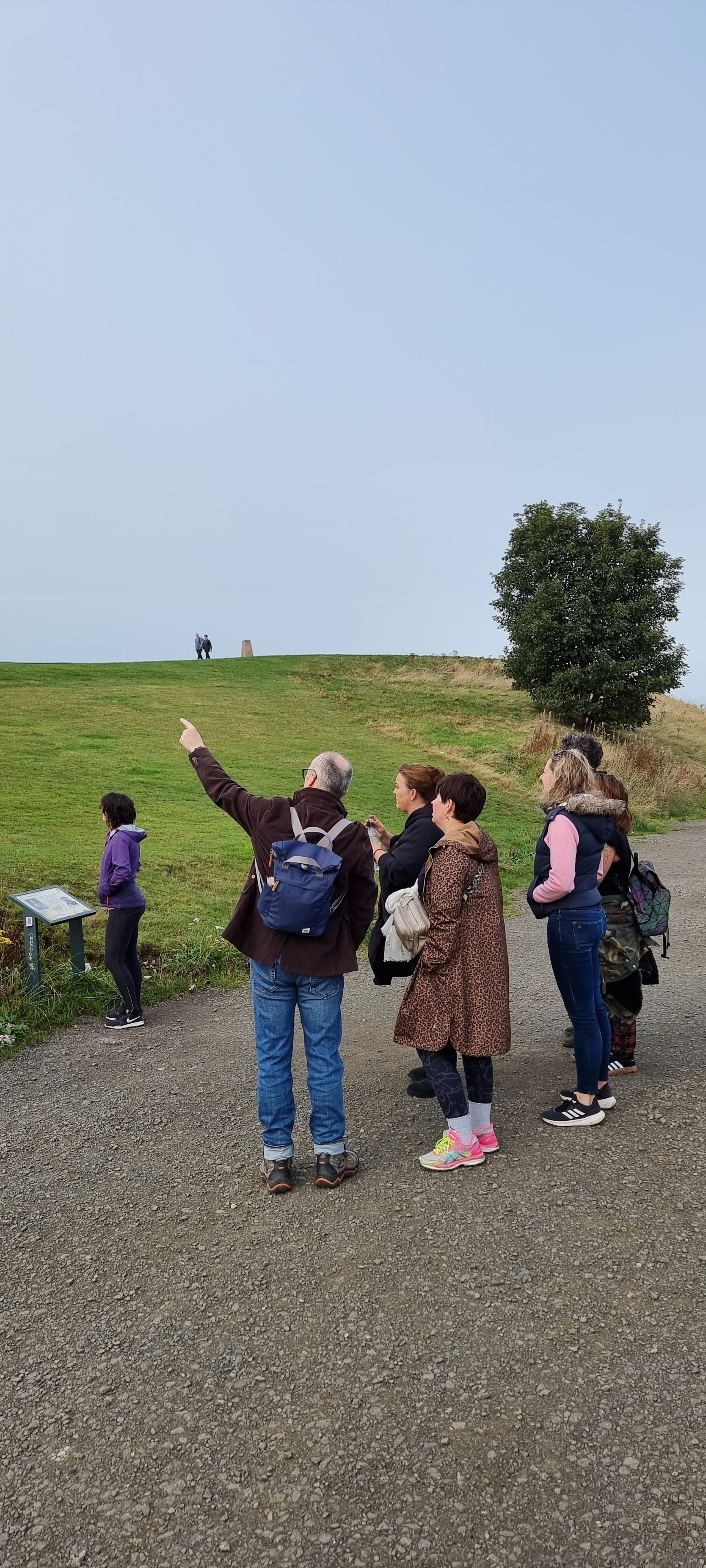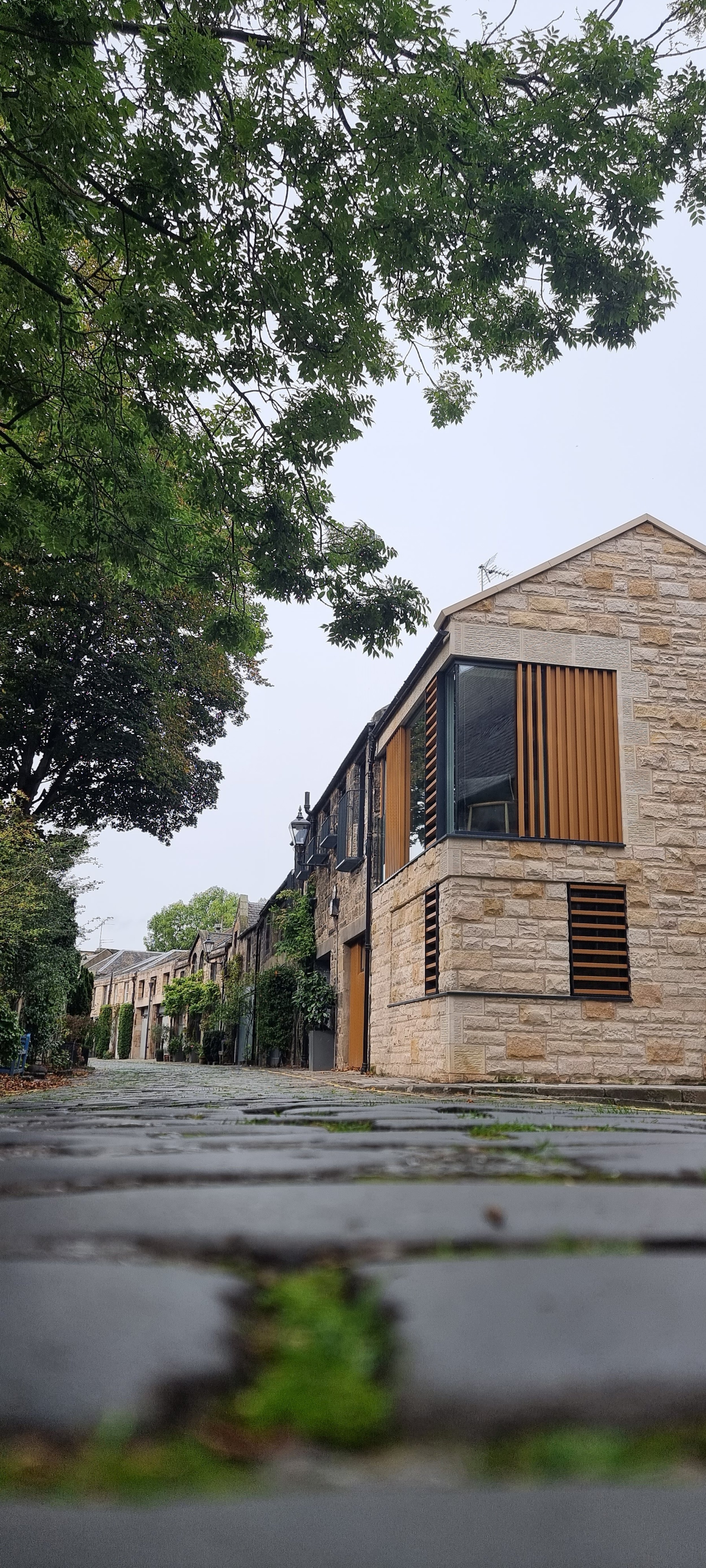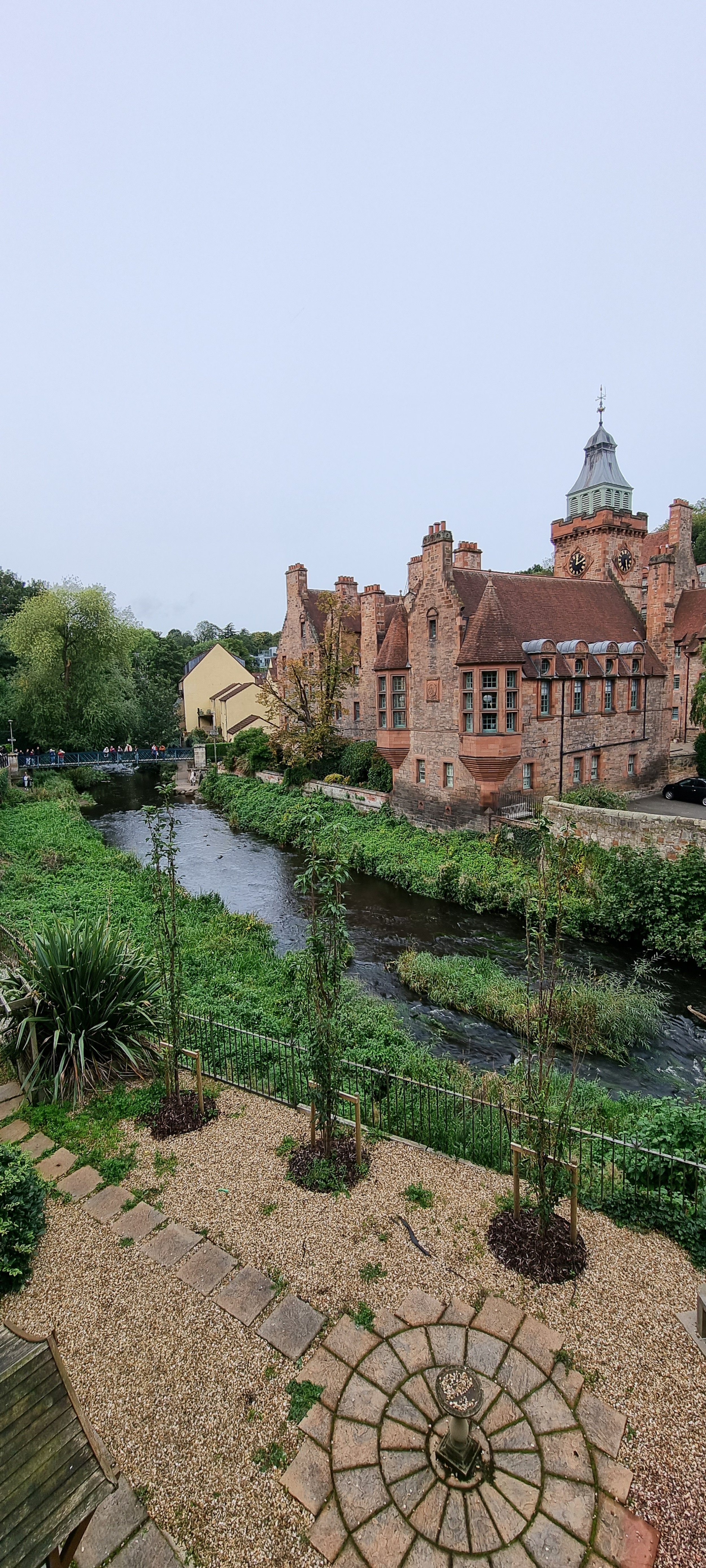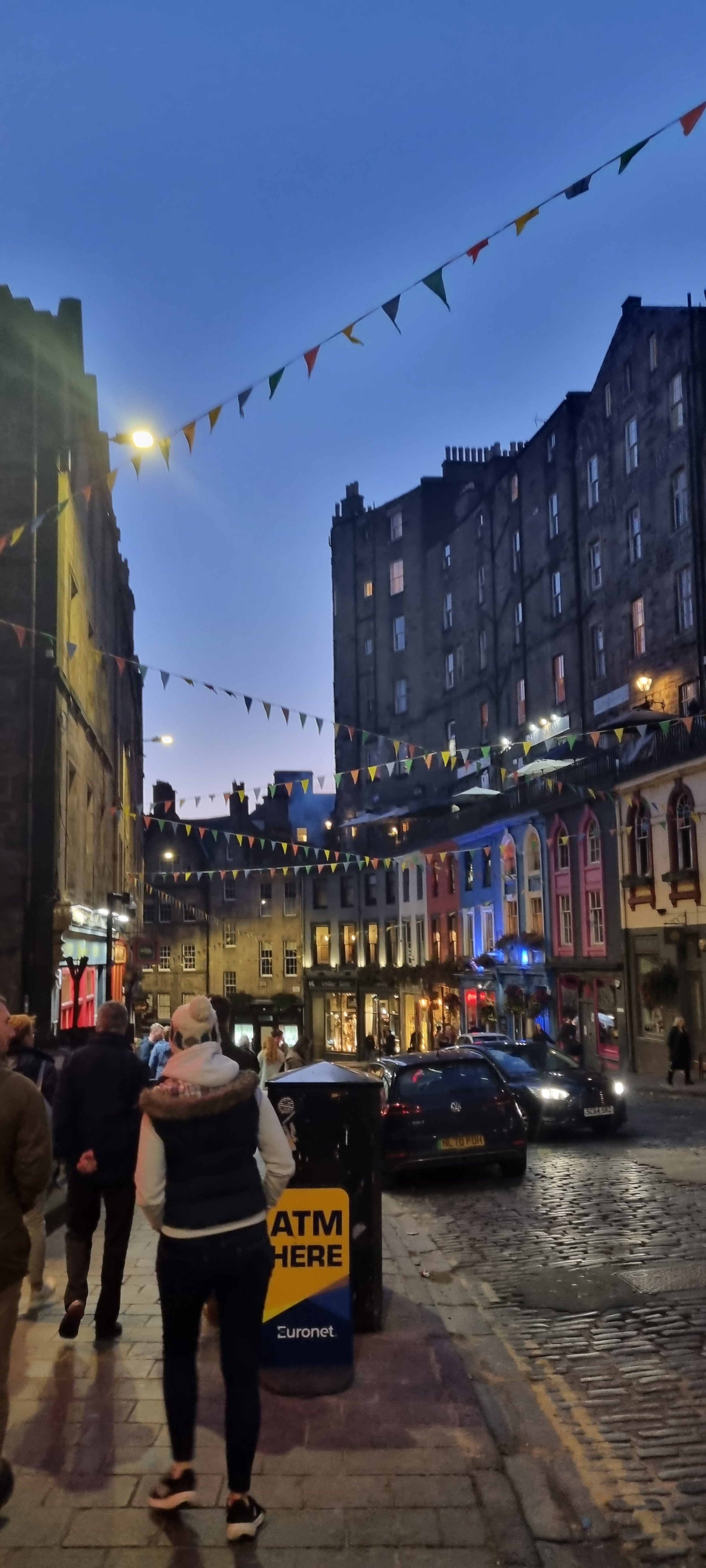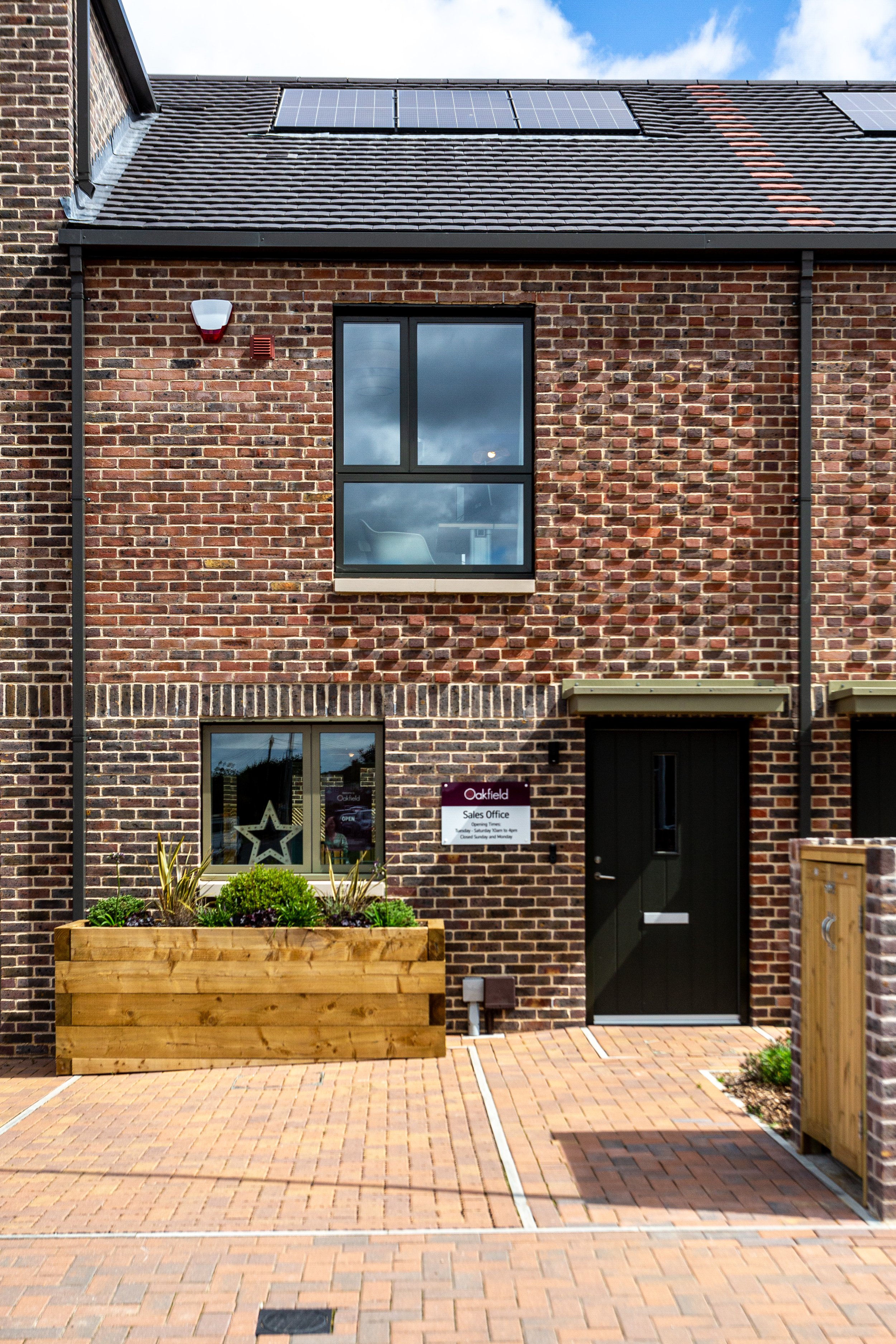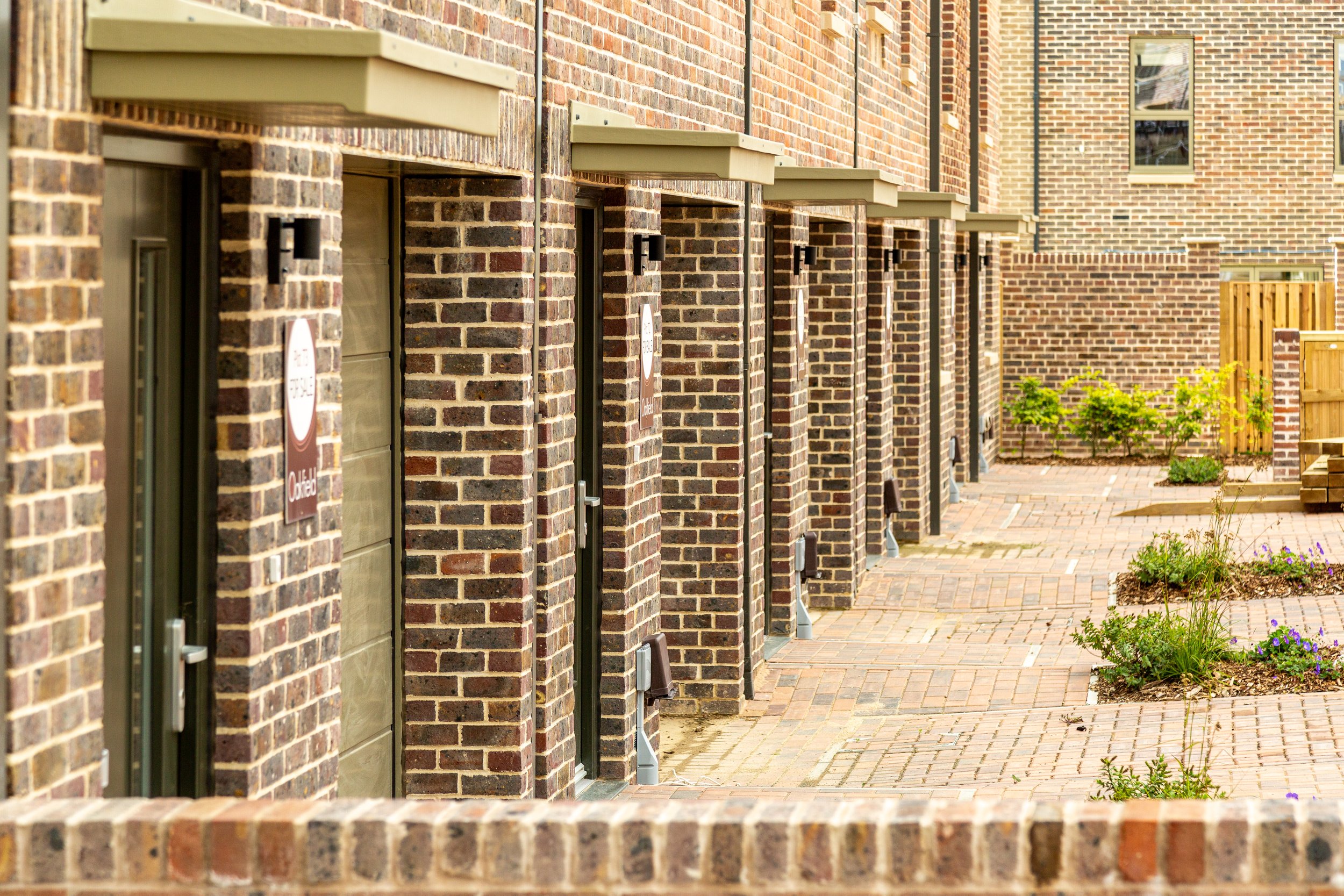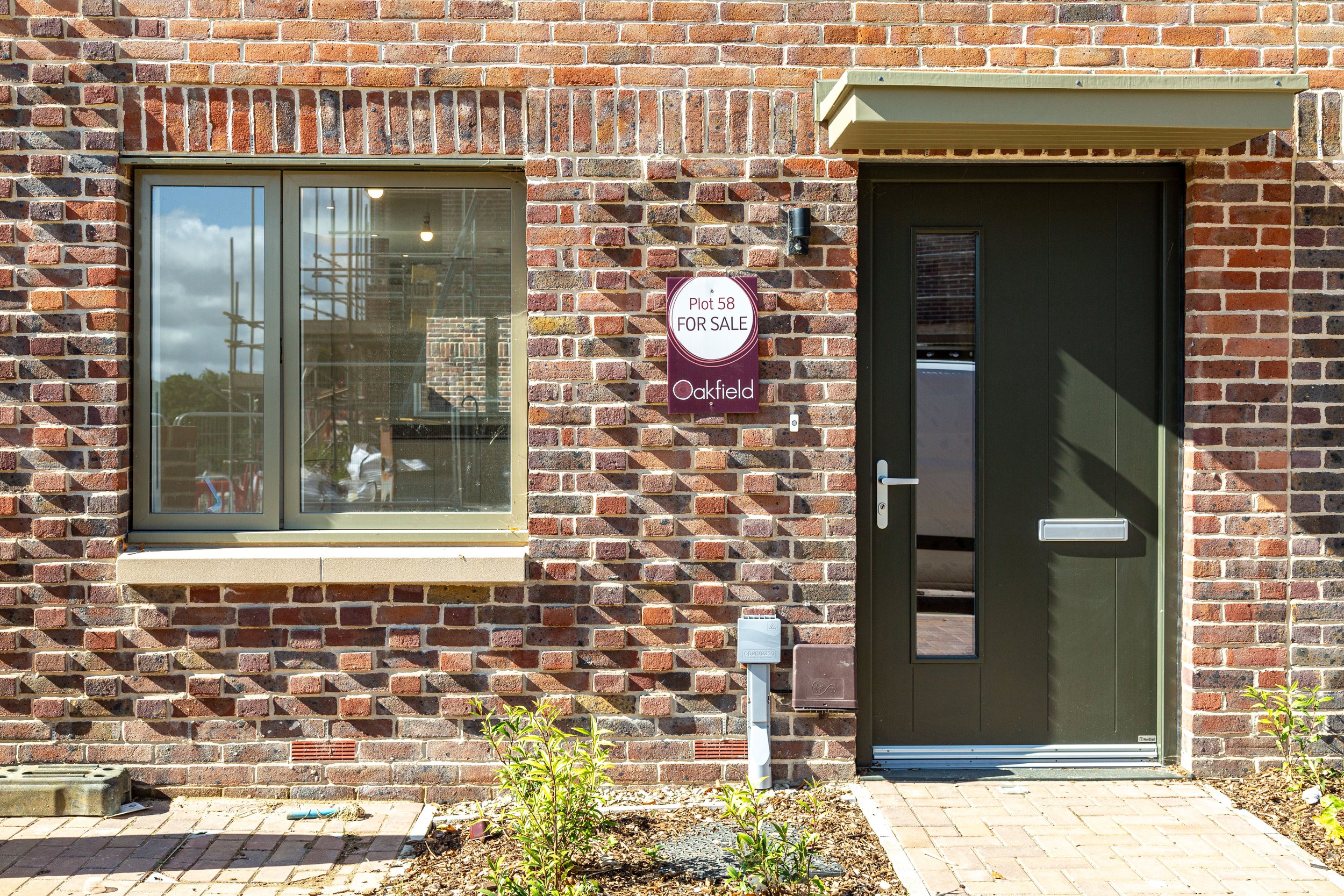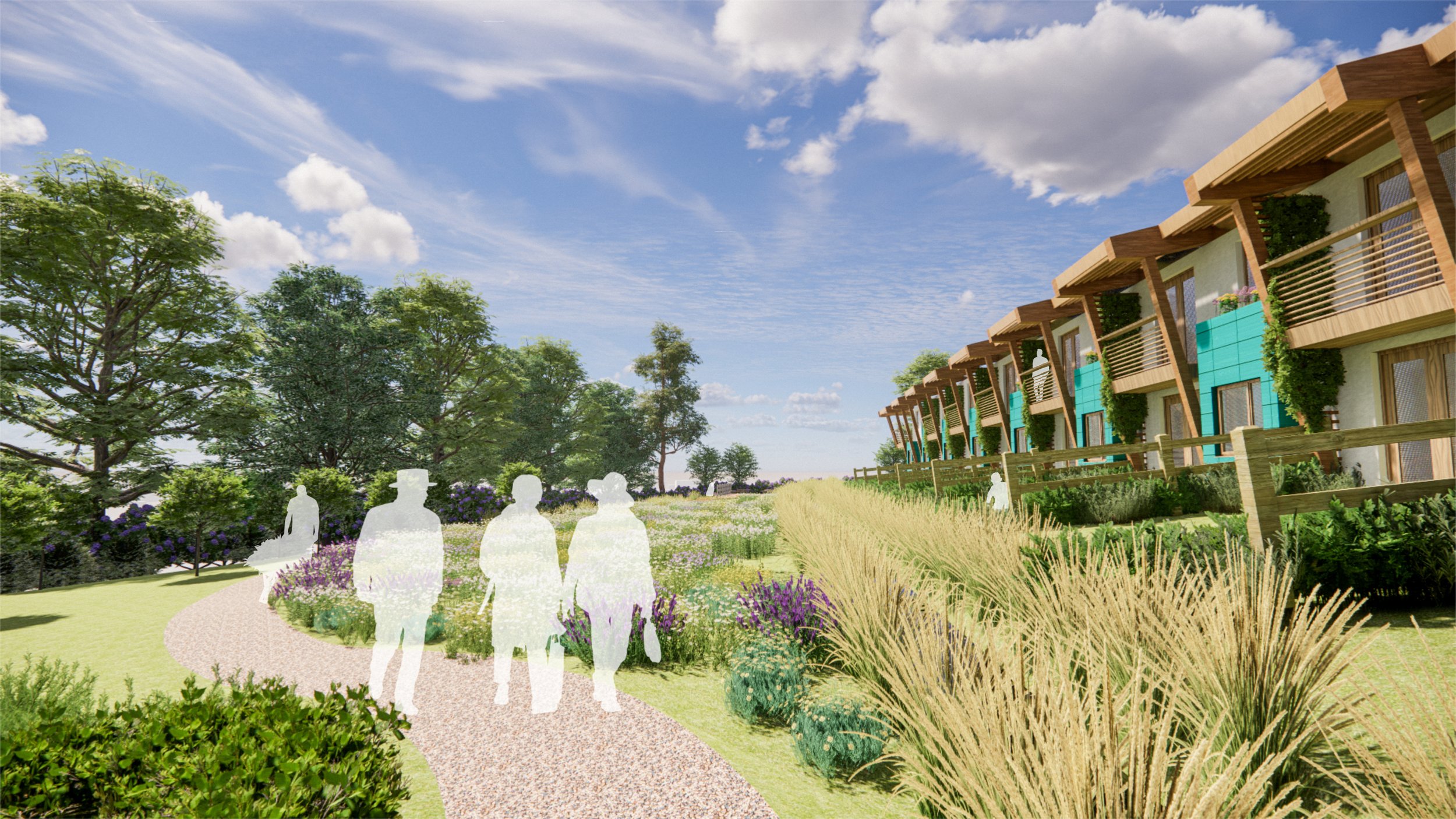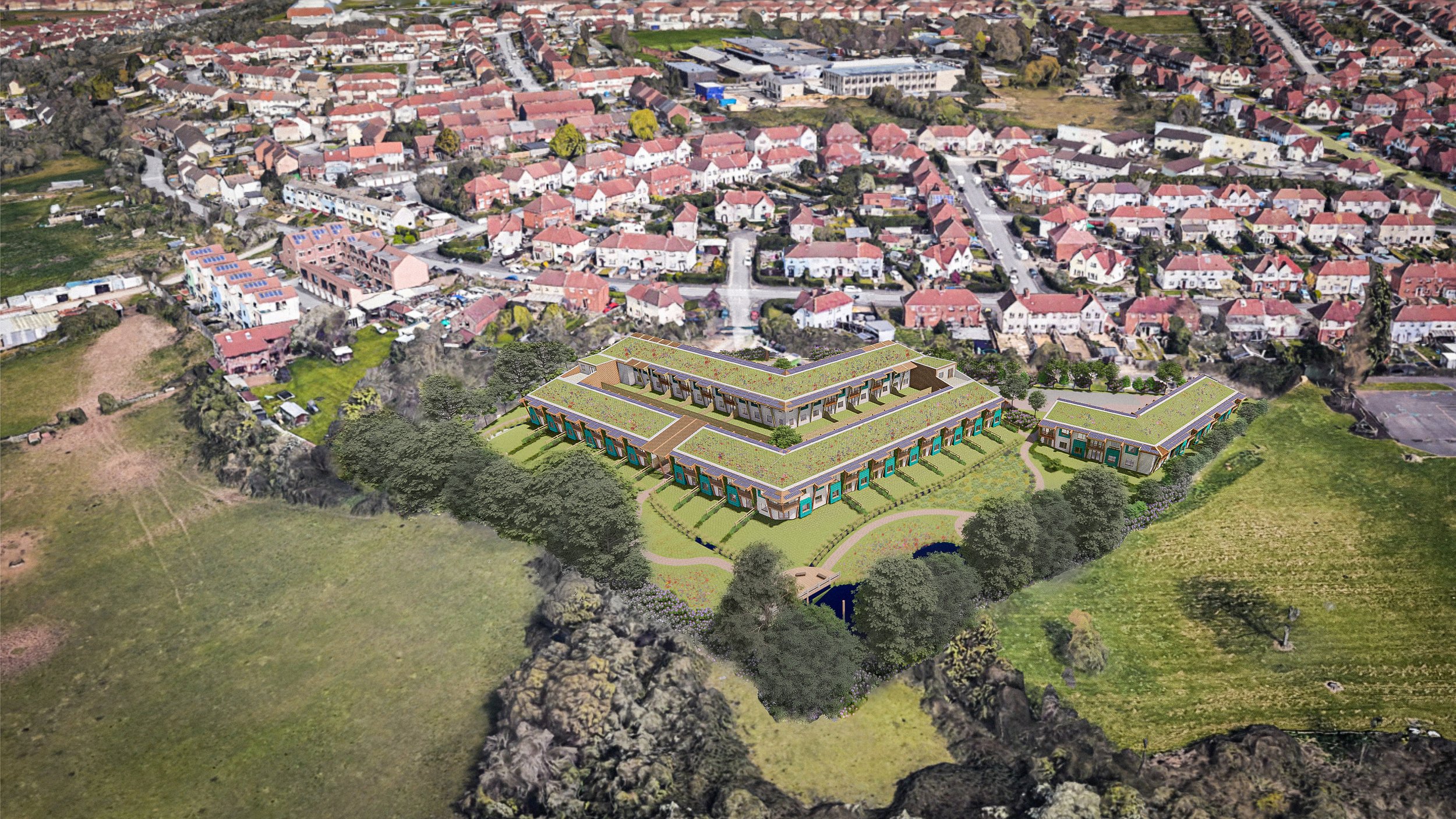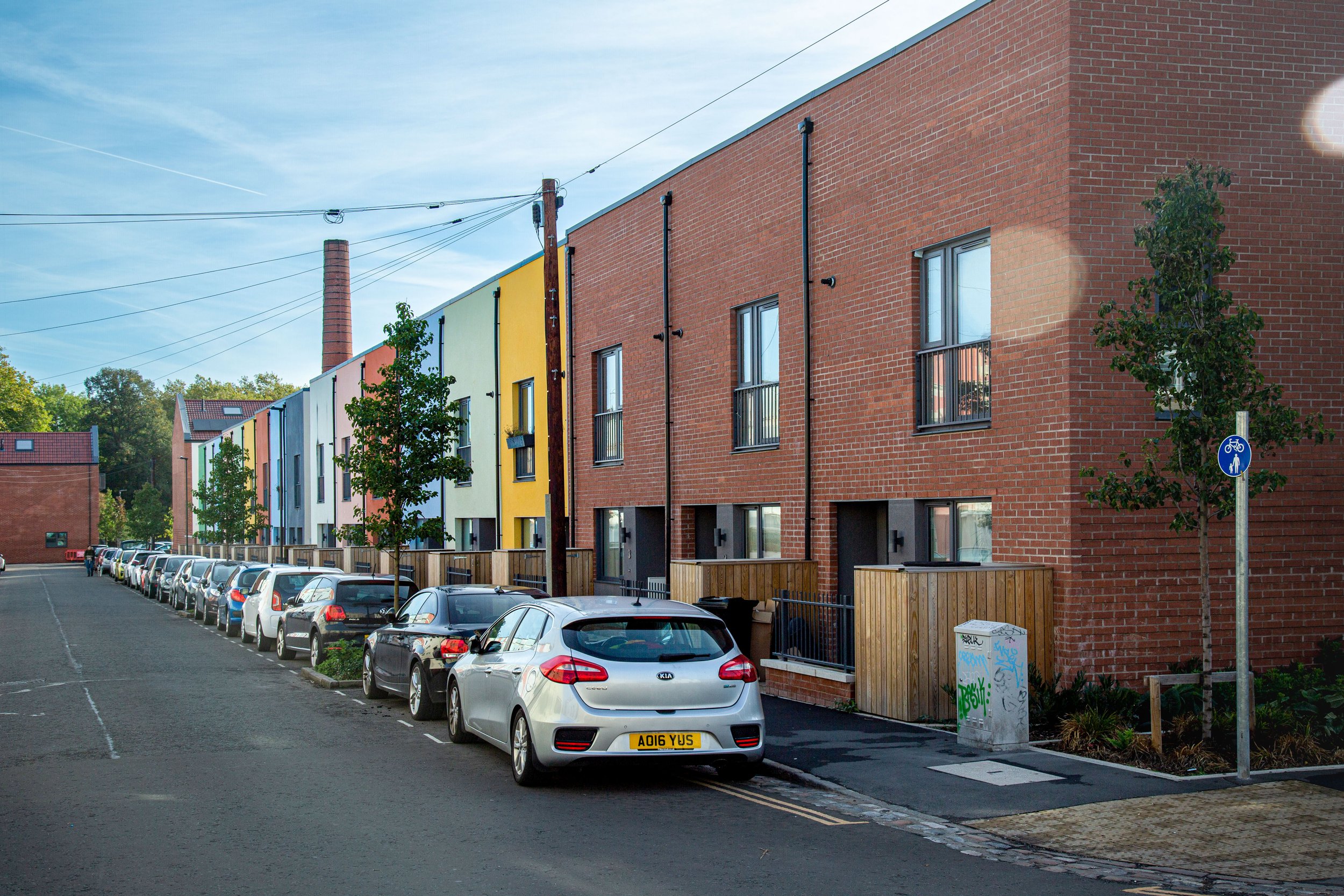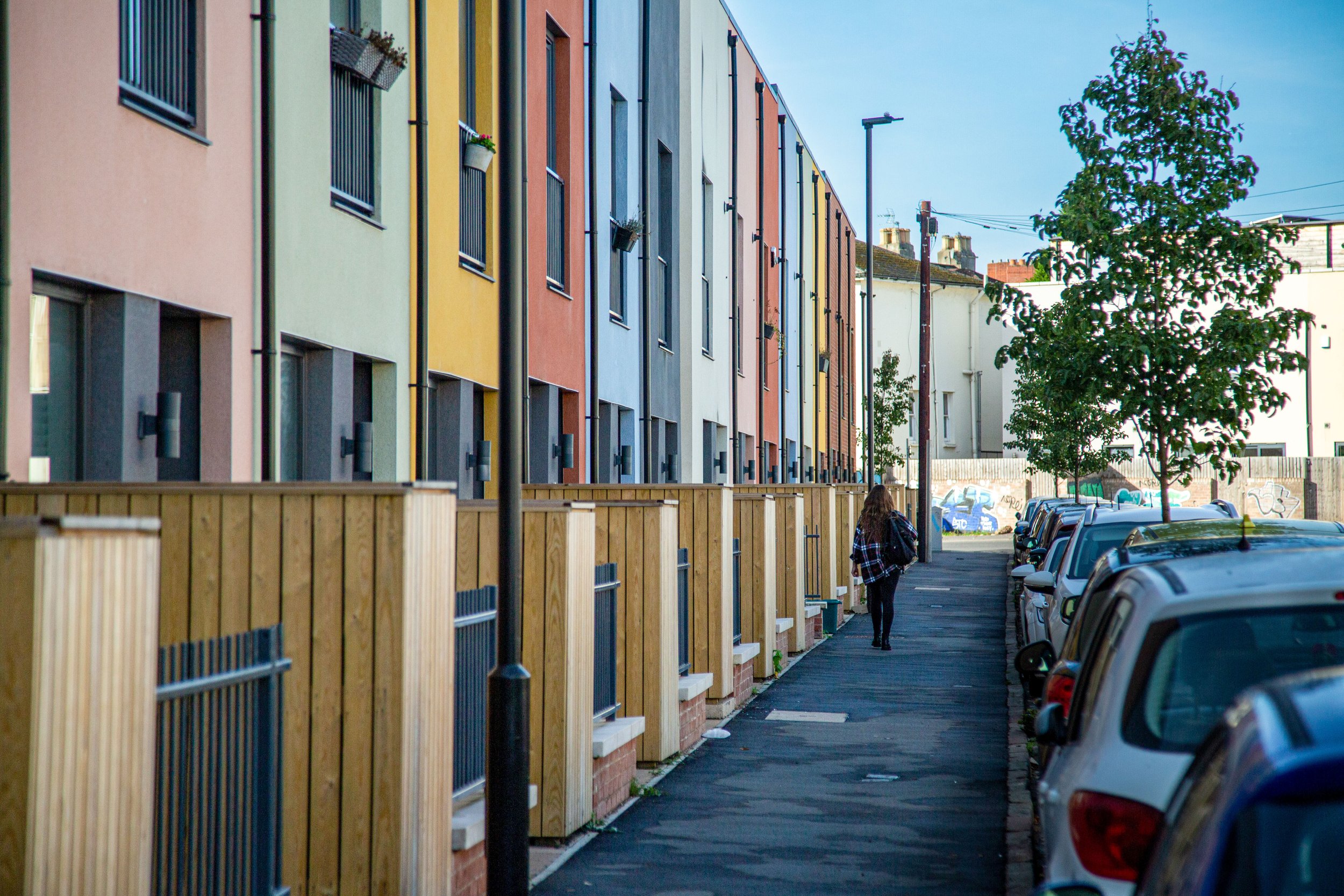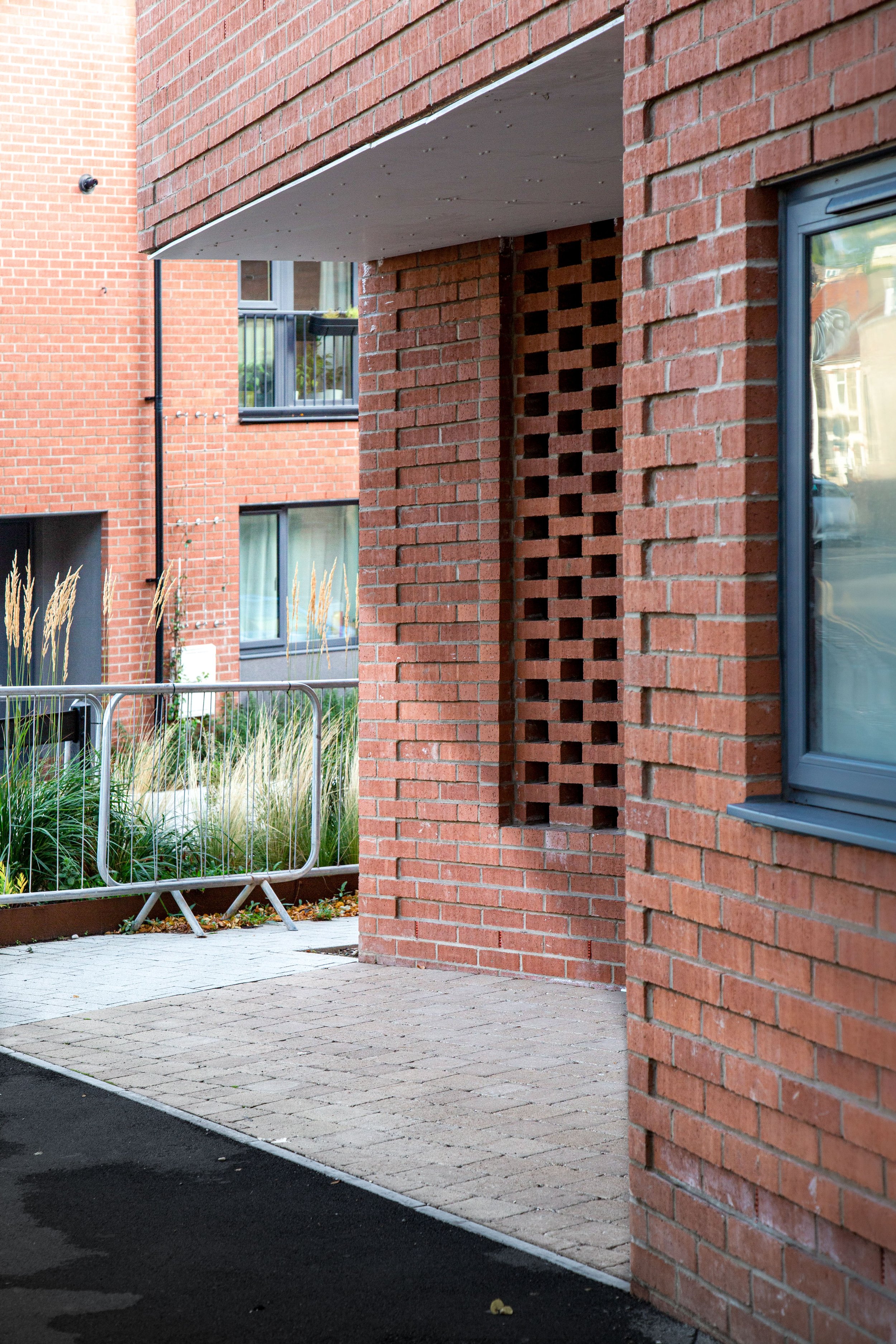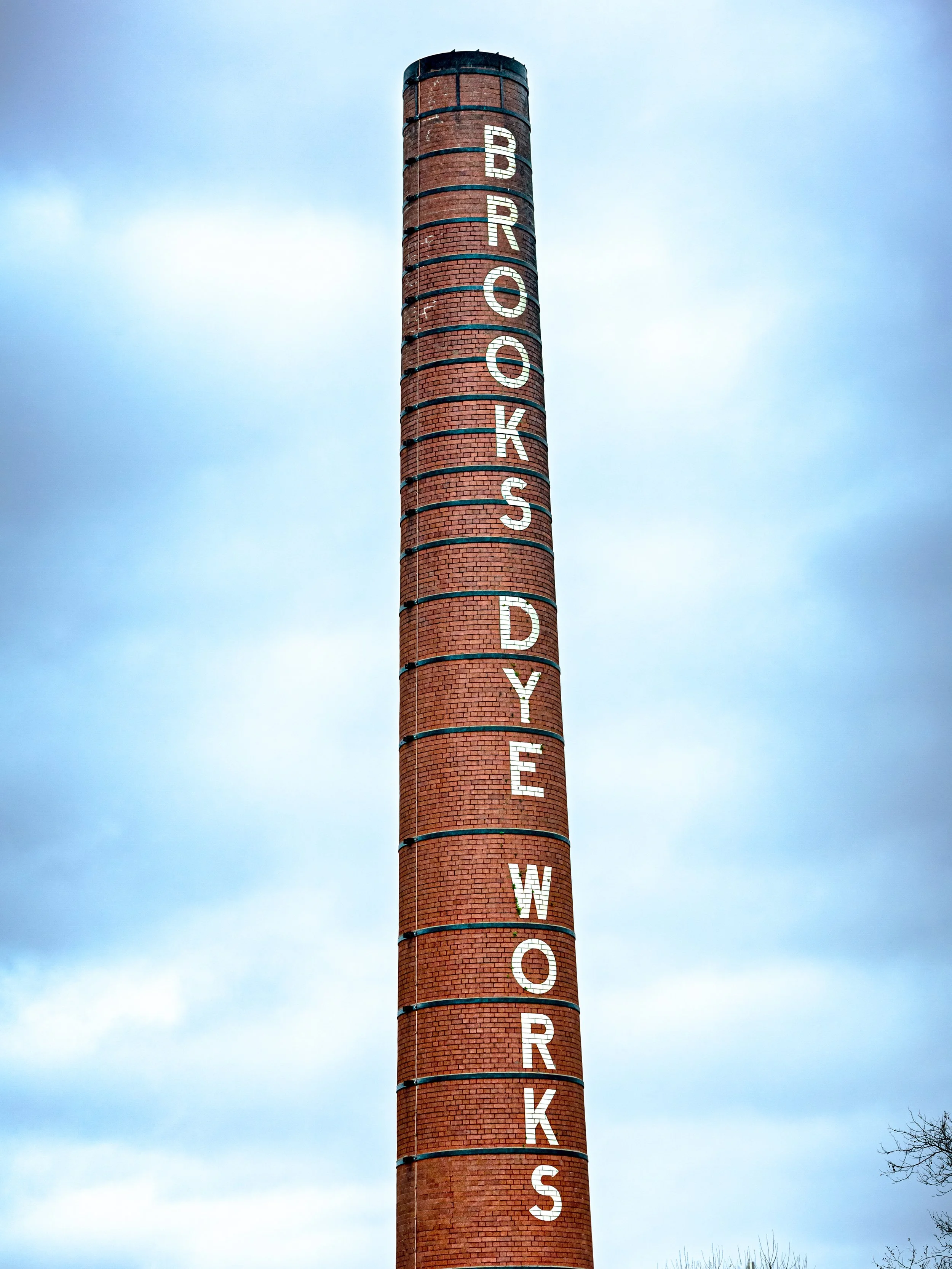Morning Matt! What we always like to ask first is, what inspired you to pursue architecture?
I had a big interest in the sciences as a teenager (mostly physics) but come from an artistic background, having two older artist siblings, architecture was what I saw to be a blending of the two interests growing up.
Great! And what has been your favourite project to work on at gcp, so far?
The SHDF wave 1 work (two Rivers) has been a high point for me as the first project ive taken all the way through from planning to completion, with the Help of Michael.
If you want to check our Michael Hanson’s Meet The Team: 23-year Anniversary Interview, click here.
This year has gone so quickly. What has been your best moment with gcp in the last year?
I can pin down any particular moment, but I’ve enjoyed the many social activities, Devon weekend, barbecue, even just the Friday pub, easily the most social office I’ve worked for.
gcp really pride ourselves on our social events and team activities, so really pleased you’ve enjoyed them. What do you like to do in your spare time?
I enjoy playing a lot of boardgames / DND, I also paint digitally in my spare time most days.
And what’s your proudest personal achievement?
I once played paintball professionally (odd one I know its my dads doing) sponsored team and everything, got to play in France once .
